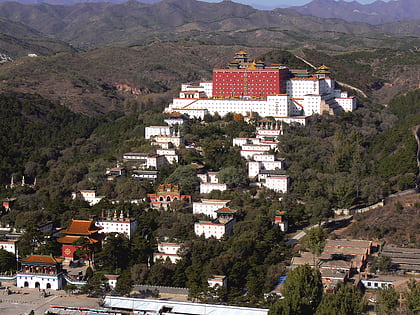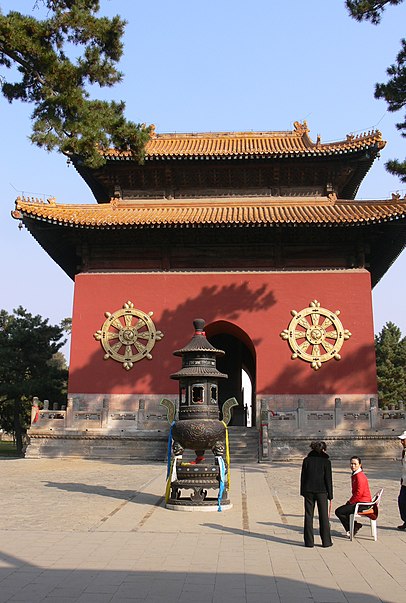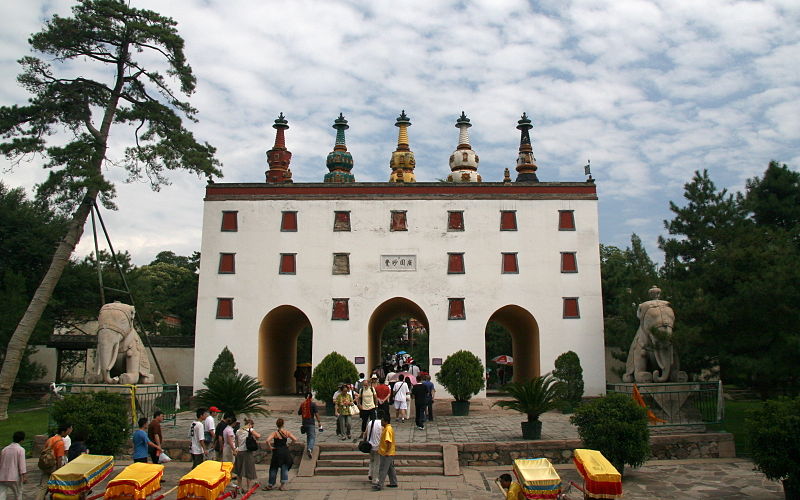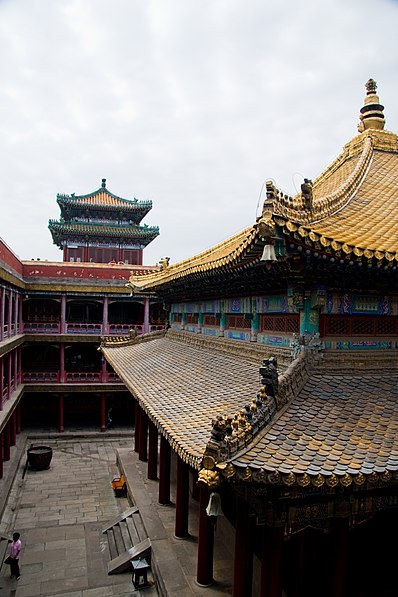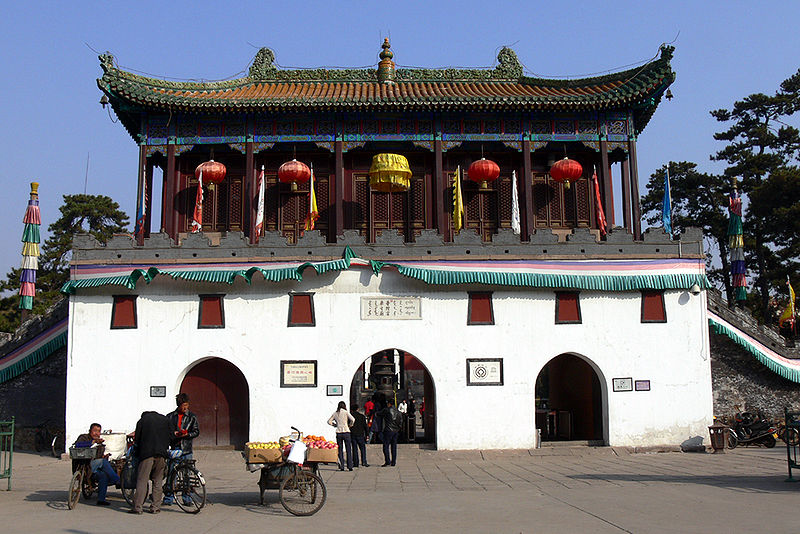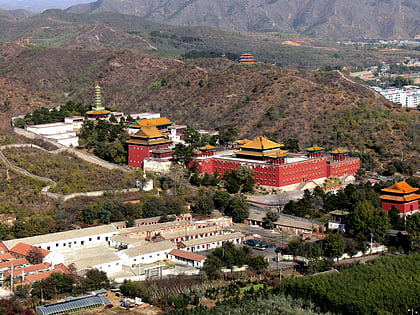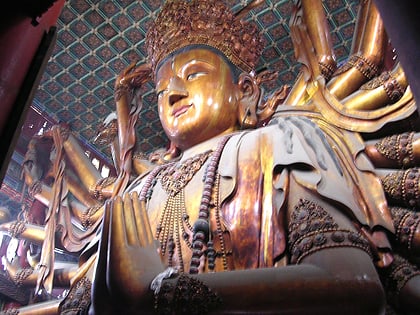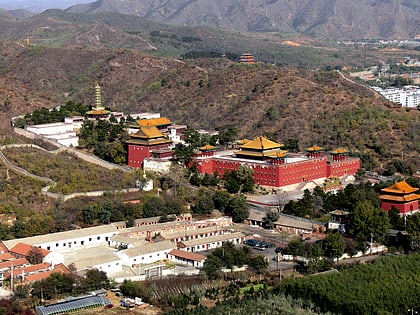Putuo Zongcheng Temple, Chengde
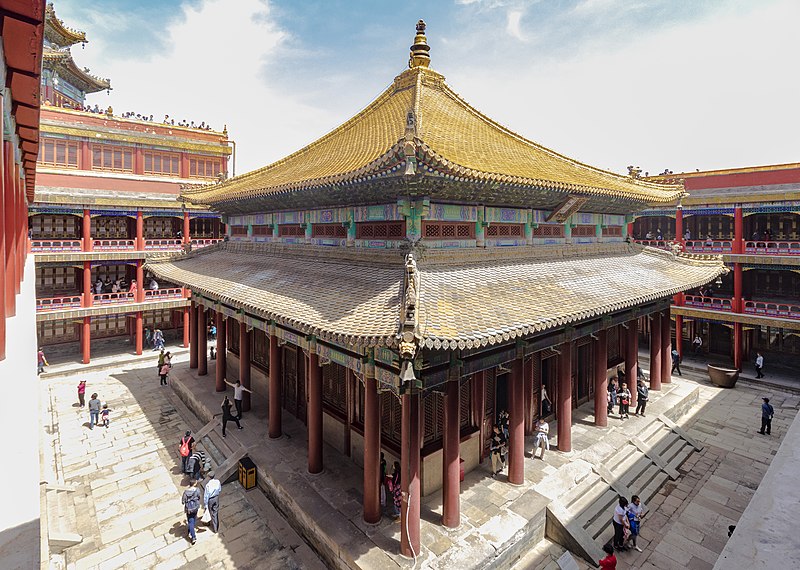
Facts and practical information
Nestled in the scenic city of Chengde, China, the Putuo Zongcheng Temple stands as an architectural marvel and a testament to the region's rich cultural heritage. Designed as a replica of the Potala Palace in Tibet, this grand temple complex is one of the Eight Outer Temples of Chengde and has been a significant draw for visitors seeking to immerse themselves in spiritual and historical exploration.
Constructed between 1767 and 1771 during the Qing Dynasty, under the reign of Emperor Qianlong, the temple was built to commemorate his 60th birthday and to honor the visit of the sixth Panchen Lama to Chengde. Spanning an area of about 220,000 square meters, the temple complex is a sprawling expanse of religious and cultural significance.
The Putuo Zongcheng Temple is renowned for its elaborate and diverse architectural styles, which blend Han, Tibetan, and Mongolian influences, creating a visually stunning landscape. The temple's striking red and white walls rise majestically against the backdrop of the surrounding mountains, while the golden roofs glisten under the sun, creating a serene and almost otherworldly atmosphere.
Visitors to the temple can explore its numerous halls, pavilions, and pagodas, each offering unique insights into Buddhist traditions and Qing Dynasty artistry. The Great Red Terrace (Dahongtai) serves as the central structure, where the main halls are situated, and provides a vantage point for panoramic views of the entire temple grounds.
The Putuo Zongcheng Temple is not only a place of worship but also a cultural treasure trove, housing an array of Buddhist statues, murals, and thangkas. The temple's intricate carvings and detailed paintings are a visual feast, capturing the essence of religious devotion and artistic expression.
Chengde
Putuo Zongcheng Temple – popular in the area (distance from the attraction)
Nearby attractions include: Chengde Mountain Resort, Puning Temple, Xumi Fushou Temple.
